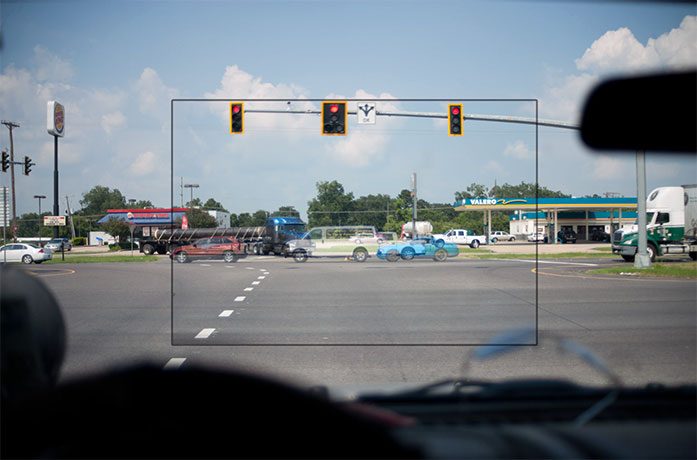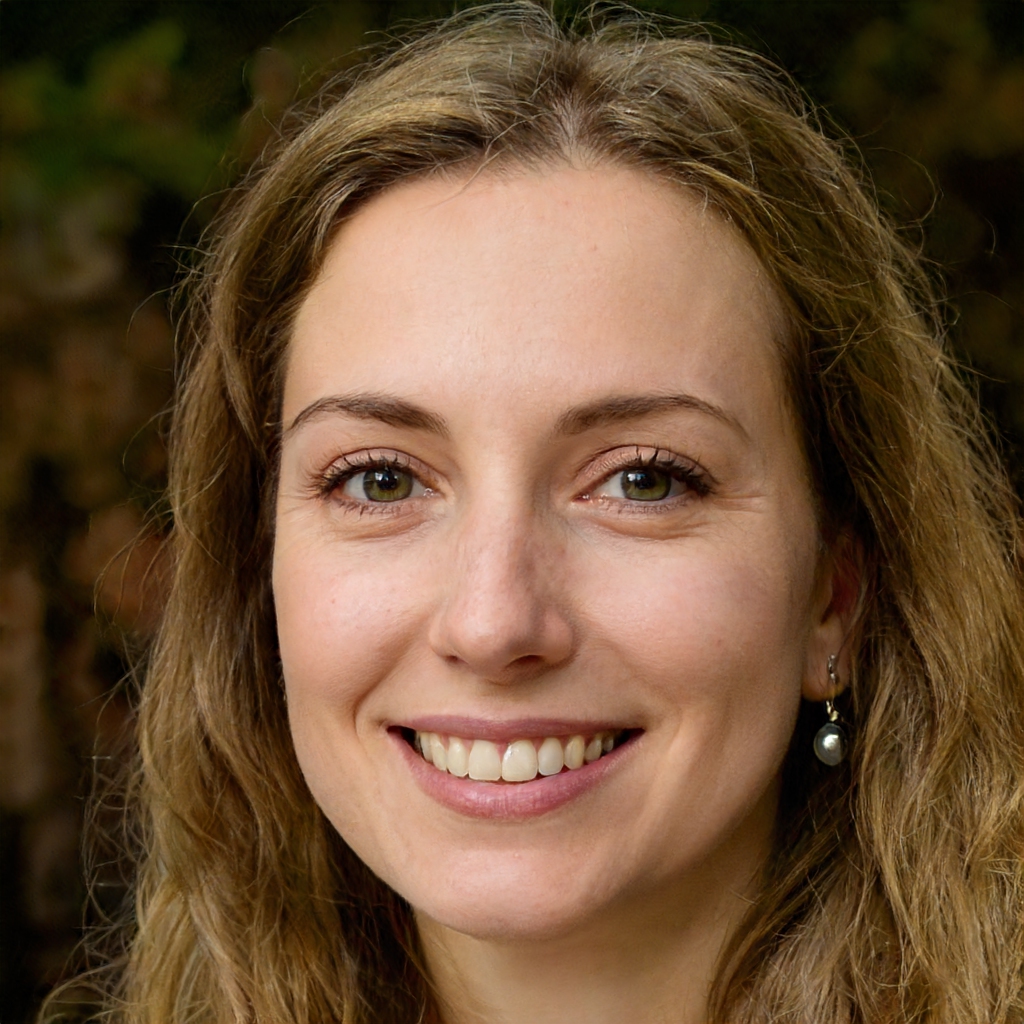The Canon 200D is a crop sensor camera. It has a 24.2MP APS-C CMOS sensor, which is 1.6x smaller than the sensors found in full-frame cameras.
Nevertheless, this camera is one of the most compact DSLR cameras on the market, making it ideal for traveling.
Moreover, this DSLR camera comes with built-in Wi-Fi, NFC, and Bluetooth connectivity.
This means that you can easily share your photos and videos to social media platforms by simply pairing the camera with your smartphone to download the images.

Personally, I find this camera very capable and easy to use. It has a good number of features that are perfect for new photographers and those who are just starting out with their first DSLR camera.
One thing that I really like about this camera is that it has a touchscreen display.
It is very responsive, and it’s easy to navigate through the menus. The camera also comes with a fully articulated screen, useful when you need to take selfies or shoot angles at unusual angles.
Overall, the Canon 200D/Rebel SL2 is still very relevant today and is a great choice for new photographers and travelers who want a small yet capable camera that can be used for everyday use.
Canon 200D/Rebel SL2 Specs
Sensor: 24.2MP APS-C CMOS
Lens Mount: EF, EF-S
Autofocus: Dual Pixel & AF-dedicated sensor
AF Points: 9
Modes: AI Focus, One Shot, AI Servo
Shutter Speed: 30-1/4000 sec (1/2 or 1/3 stop increments), Bulb
Metering Modes: Via optical viewfinder- 63 zone dual-layer metering sensor with Evaluative, partial, spot (center only), and center-weighted average available
Via Live View on LCD screen-
(1) Evaluative metering (315 zones)
(2) Partial metering (approx. 6.0 % of the LCD screen)
(3) Spot metering (approx. 2.6 % of the LCD screen)
(4) Center-weighted average metering
ISO Sensitivity: Auto (100-25600), 100-25600 (in whole stop increments) ISO can be expanded to H: 51200
During Movie shooting: Auto (100-12800), 100-12800 (in 1/3-stop or whole stop increments) ISO can be expanded to H: 25600
Viewfinder: Pentamirror
Coverage: Approx. 95%
LCD: Vari angle touchscreen 7.7 cm (3.0″) 3:2 Clear View II TFT, approx. 1040 K sRGB dots
Flash: Built-in GN 9.8
Drive Modes: Single, Continuous L, Continuous H, Self-timer
Continuous Shooting: Max. Approx. 5fps. (JPEG), 6 images (RAW)
Metering: Real-time evaluative metering with image sensor. Evaluative metering, partial metering, spot metering, and center-weighted average metering.
Wireless Features: Built-in Wi-Fi, NFC and Bluetooth
Memory Type: SD, SDHC or SDXC (UHS-I) card
Weight: 453g
Does sensor size matters?

In some way, yes! While the specs of a camera can be deceiving, the size of its sensor plays a key role in image quality and resolution.
Canon’s full-frame sensors are 1.6x or 63% bigger than their APS- C counterparts.
The larger the sensor, the greater its potential for capturing more light—and thus better images.
The size of the sensor impacts the quality and clarity of your photos. The larger the sensor, the better your photos will be able to capture details, especially in low light conditions.
This is because a larger sensor can capture more light per pixel than a smaller one.
When you put them side by side under the same conditions, a full-frame camera will produce better-looking images than one with a smaller sensor.
It’s worth noting that while this is true in general, there are some exceptions to this rule.
Like if you compare a much older generation full-frame sensor to a newer generation APS-C sensor, the latter will produce images that are just as good or even better.
For example, if you compare my older Leica M9 to the newer APS-C cameras today, the newer APS-C cameras will produce better-looking images, especially in low light.
Sadly, my favorite Leica M9 will just crumble when used above ISO 800 in low light.
If you’re just starting out or a casual photographer, the differences between these two sensors may not be an issue for you.
For the untrained eye, the images these two sensors produce are almost indistinguishable, especially in good light.
On the other hand, if you’re a serious photographer who wants to produce top-level work, then the difference between full-frame and APS-C sensors will be more noticeable.
What are the advantages of APS-C sensors?

Thanks to the advancement of technology, today’s crop sensor cameras are not so far behind compared to full-frame cameras in terms of image quality.
And there are a lot of advantages to using APS-C sensors.
1. Most APS-C mirrorless cameras today are capable of producing great images in low light.
Their ability to produce quality images at high ISOs can be attributed to their advanced CMOS sensors, which allow more light to reach the sensor.
2. In addition, APS-C cameras are generally less expensive than full-frame DSLRs because they use less expensive materials and have fewer components inside.
3. The most obvious advantage of using an APS-C sensor is that it’s easier to carry around and more compact than a DSLR camera with a full-frame sensor.
4. Since a standard APS-C sensor camera has a 1.5x to 1.6x crop factor when compared to a full-frame DSLR, your EF lenses or any full-frame lenses’ focal length will be multiplied by this ratio.
This means that a 50mm lens will behave like an 80mm lens on an APS-C camera.
This can be advantageous if you’re trying to get close-up shots of wildlife or shooting sports since you can get closer to the subject without having to use a longer and heavier lens.
Final thoughts
If you’re planning to get one or already using a Canon 200D, then I suggest you keep the camera. It’s a great entry-level DSLR that can take amazing photos and videos.
So what if it has an APS-C sensor? It’s still a great camera that you can take with you wherever you go. It is affordable and easy to use as well.
It will definitely serve you well even though Canon already dropped its DSLR line of cameras.

Emma Lucy is the Founder & CEO of Emma Lucy Photography. She has over a decade of experience shooting weddings and other intimate events. She also tests the latest digital camera bodies, lenses, analog cameras, and other gear from Canon, Nikon, Sony, and other camera brands. She is From London and currently lives in the United States of America, where she spends most of her time as a self-employed professional photographer and writer.
